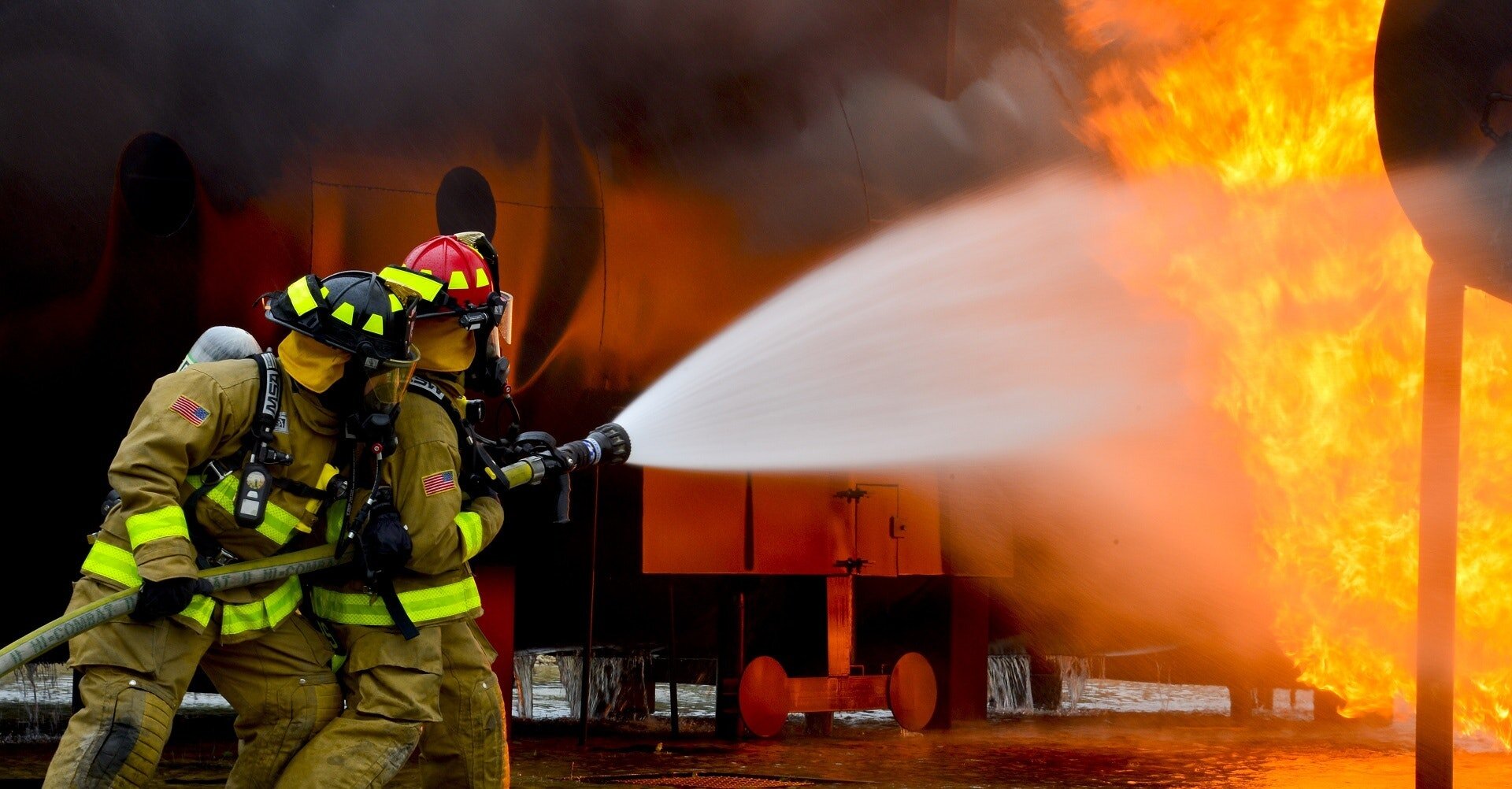What are PFAS?
PFAS are a large, complex, and ever-expanding group of manufactured chemicals that are widely used to make various types of everyday products. For example, they keep food from sticking to cookware, make clothes and carpets resistant to stains, and create firefighting foam that is more effective.
PFAS are used in industries such as aerospace, automotive, construction, electronics, and military. PFAS molecules are made up of a chain of linked carbon and fluorine atoms. Because the carbon-fluorine bond is one of the strongest, these chemicals do not degrade in the environment. In fact, scientists are unable to estimate an environmental half-life for PFAS, which is the amount of time it takes for 50% of the chemical to degrade.
PFAs may lead to adverse health effects, such as increased cholesterol levels, decreased vaccine response in children, increased risk of high blood pressure or pre-eclampsia in pregnant women, and increased risk of kidney or testicular cancer. Learn more about the health effects of PFAs here.
A common source of PFAS contamination is AFFF (aqueous film forming foam), found in some firefighting foams
PFAS Molecular Structure (source: NIEHS)
How are People Exposed to PFAS?
These widespread, manmade chemicals have leached into our soil, air, and water. People are most likely exposed to these chemicals by consuming PFAS-contaminated water or food, using products made with PFAS, or breathing air containing PFAS. More research is needed to fully understand all sources of exposure, and if and how they cause health problems.
One report by the Centers for Disease Control and Prevention’s National Health and Nutrition Examination Survey (NHANES) found PFAS in the blood of 97% of Americans.
Why be Concerned About PFAS?
Concerns about the public health impact of PFAS have arisen for the following reasons:
Widespread occurrence. Studies find PFAS in the blood and urine of people, and scientists want to know if they cause health problems.
Numerous exposures. PFAS are used in hundreds of products globally, with many opportunities for human exposure.
Growing numbers. More than 4,700 PFAS exist, an increasing number as industry invents new forms of this type of chemical.2
Persistent. PFAS remain in the environment for an unknown amount of time and may take years to leave the body.
Bioaccumulation. Different PFAS chemicals may enter the food chain in various ways, gradually accumulating and remaining in a body over time—a process due to more intake than excretion of the chemicals.
Source: NIEHS
PFAS at Pease
The source of PFAS at Pease came from firefighting foam known as aqueous film forming foam (AFFF) used when Pease was an active Air Force Base. If you want to learn more about the community organizing and action at Pease related to PFAS since May 2014, check out our timeline. If you want to research more on PFAS from multiple sources, check out these resources.
This short video provides a short overview of CDC/ATSDR's PFAS Exposure Assessments Comments on this video are allowed in accordance with our comment policy:...
Adolescent & Adult Results
1,212 Participants, ages 12 or older
Pease vs. NHANES
Pediatric Results
366 Participants, ages 0 - 11
Pease vs. Schecter
June 16, 2016 - NH DHHS Public Meeting On Pease Tradeport PFAS Blood Testing Results
May 17, 2016 - TFP community meeting discussing how to read & interpret PFAS blood test results.
June 17, 2015 - NH DHHS presents first 98 adult blood test results to the community.
September 9, 2015 - NH DHHS presents the first 108 pediatric blood test results to the community.



